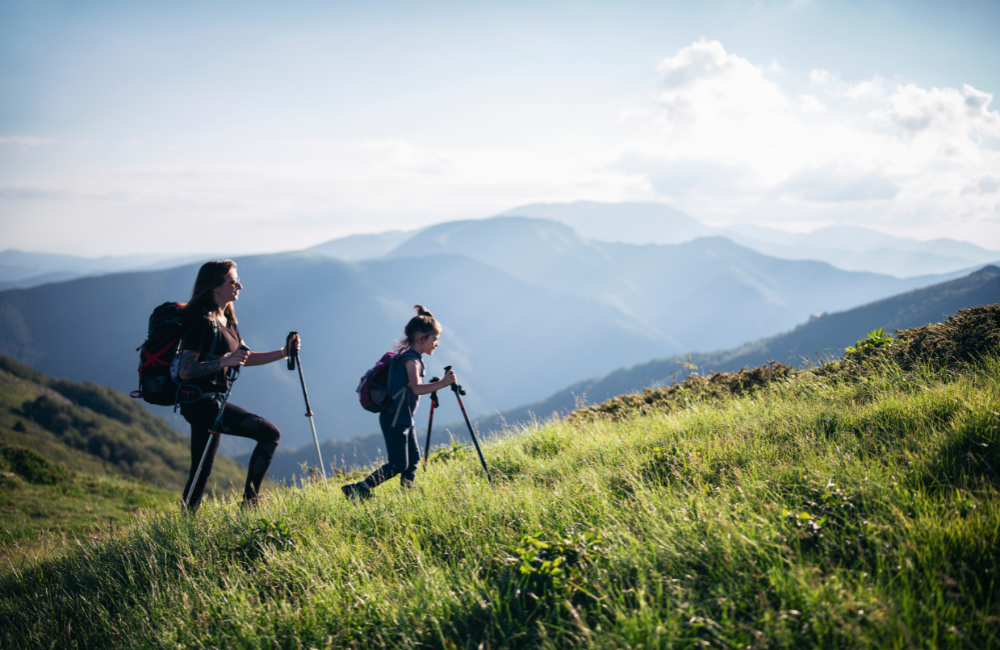At first glance, hiking vs walking seems like a pointless debate.
You’re moving your feet, burning a few calories, and getting from A to B. Simple, right? But the truth is, the two couldn’t feel more different once you lace up and head out.
I’ve been walking daily for years. Partly because I enjoy it, partly because, as a type 1 diabetic, regular movement is essential for keeping my blood sugar stable.
Hiking, though, has been my adventure fix, the thing that pushes me, tests me, and rewards me with views and stories that walking alone never could.
So yes, there’s a difference. And not just in the dictionary sense. Let me walk (or hike) you through the biggest ones.
Ready to learn more? Let’s roll.

7 Big Differences Between Hiking and Walking
Hiking vs walking might sound like splitting hairs until you’ve done both.
One is a steady rhythm on familiar ground, the other can leave you muddy, breathless, and grinning at the summit. To cut through the noise, here are the seven differences that really matter.
1. Terrain: Pavements vs Peaks
Walking is usually done on safe, predictable ground. Pavements, park paths, maybe a riverside loop. The main hazards? Loose dogs, cyclists, or tripping over your own shoelace.
Hiking? Whole different beast. Trails throw mud, roots, boulders, and steep climbs at you.
Sometimes you’re navigating scree slopes; other times, you’re sloshing through streams. The terrain forces you to slow down, concentrate, and actually use your body differently.
I’ll never forget my first big climb in the Lake District, thinking I was just “walking” up a hill, only to find myself scrambling on all fours, clinging to wet rock.
Walking never demanded that from me. Hiking did.
And since the terrain is so different, it’s essential to have proper footwear. More on that next.
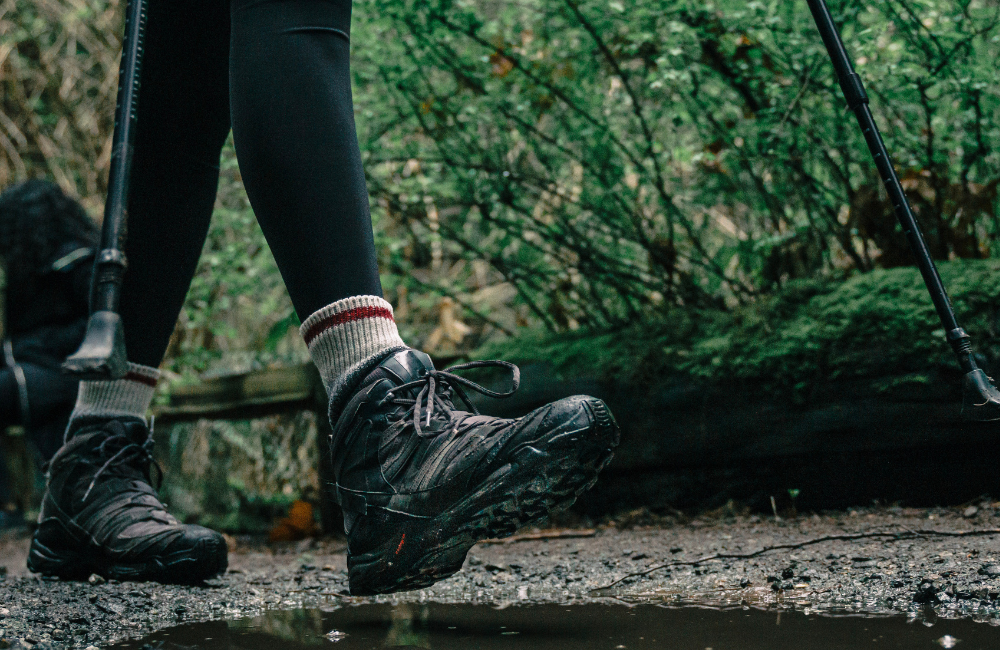
2. Footwear: Comfort vs Survival
I can’t stress this enough: shoes make or break both experiences. Walking in bad trainers will leave your arches aching. Hiking in the wrong shoes can leave you injured.
For daily walks, I recommend supportive walking shoes for women (and men). They cushion every step, keep your posture aligned, and protect you on concrete or light gravel.
On the trail, though, I reach for sturdy boots. I’ve rolled my ankle enough times to know that grip and ankle support aren’t optional.
Hiking shoes feel heavy at first, but after eight hours of wet, rocky paths, you’ll thank every extra gram.
But wait, it’s not just footwear that highlights the differences between hiking and walking. You also have to consider your gear.
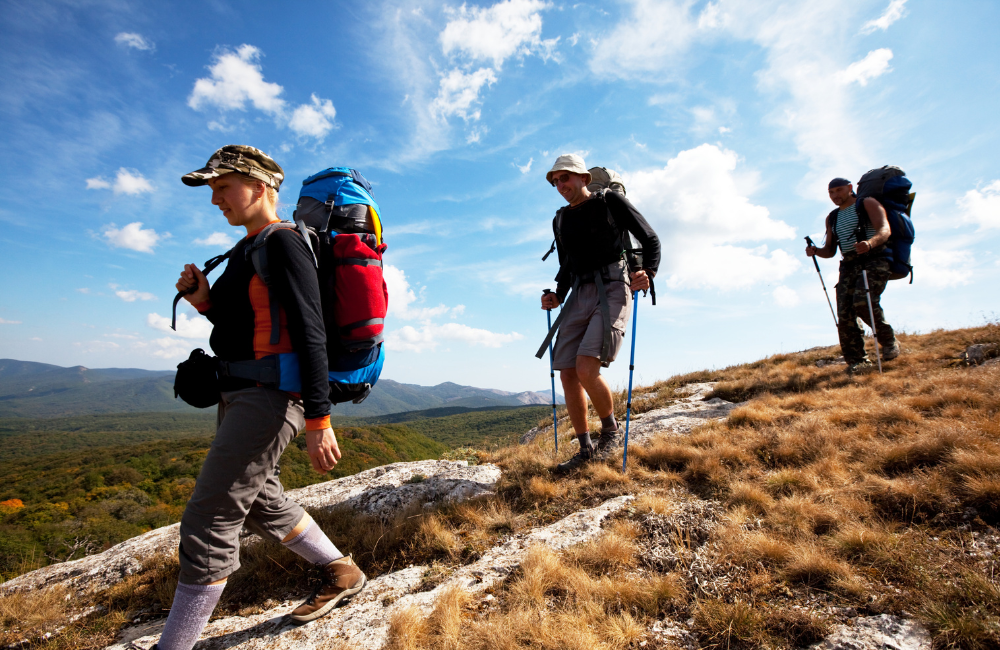
3. The Gear Factor
Walking is refreshingly simple. A pair of trainers and perhaps some headphones, and you’re off. Maybe a jacket if it’s cold.
Hiking is gear-hungry.
Yes, you need: hiking boots with ankle support, moisture-wicking clothes, a great backpack with water, snacks, and maybe even trekking poles.
And let’s not forget the emergency extras like first aid, headlamp, map and compass.
But why does this gear matter when hiking?
It’s all about being ready when the weather turns or the trail gets tougher than expected.
I’ve had times where packing extra glucose tablets was the difference between safely getting back or crashing hard from low blood sugar.
And that brings me to the next difference in this debate of hiking vs walking…
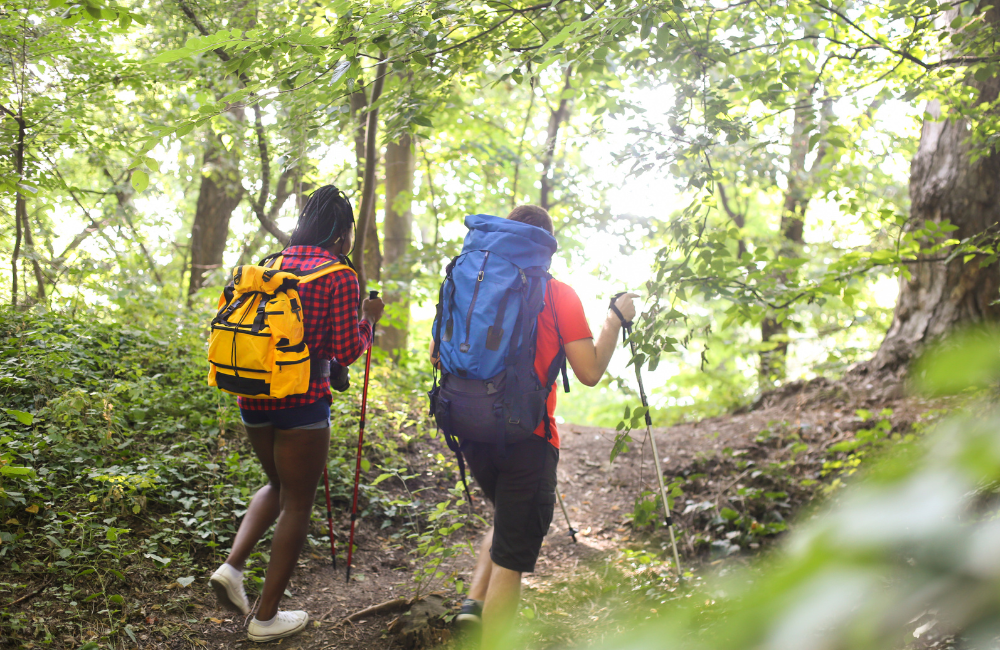
4. Effort and Energy Burn
Walking is steady, low-impact, and easy to fit into everyday life. Ten minutes here, half an hour there, you barely think about it.
Hiking is effort. Your legs burn, your lungs work harder, and your heart rate soars on steep ascents. You might be drenched in sweat within twenty minutes.
It’s not a casual calorie burn. It’s a full-body workout. For me, as a diabetic, that difference matters.
A gentle walk might nudge my blood sugar down. A full-day hike? I’m constantly checking my levels, fuelling with snacks, and adjusting insulin.
It’s a juggling act, but the payoff (reaching the summit, seeing the view) makes the balancing act worth it. Don’t believe me? Just check out these 15 beautiful mountains in the US.
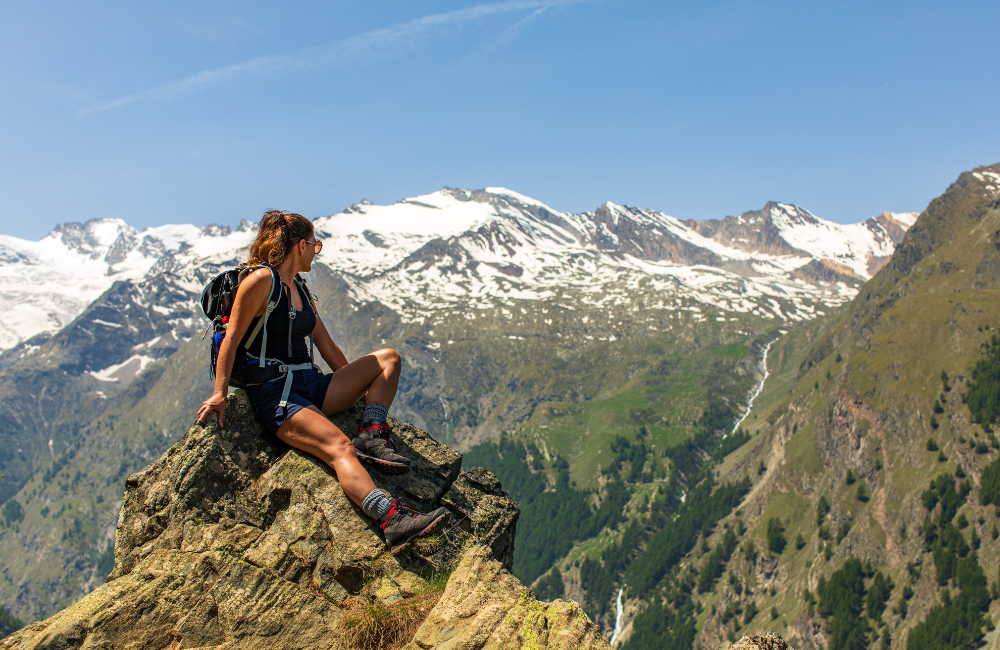
5. Mindset: Routine vs Adventure
Walking is about routine. I use it to clear my head, to shake off writer’s block, to reset after too much screen time. It’s practical and grounding.
Hiking is about adventure. It requires planning (think: routes, weather checks, gear lists) and rewards you with something extraordinary. Forests, ridgelines, the smell of damp moss. It’s exercise with an escape.
There’s something deeply humbling about being miles away from civilisation, surrounded only by wind and silence. That’s hiking.
6. Accessibility and Risk
Walking is democratic. Almost anyone can do it, anywhere, anytime. No planning, no fuss.
Hiking is less forgiving. Trails vary in difficulty, weather can shift in minutes, and being unprepared can have serious consequences. I’ve seen people start Kilimanjaro treks in jeans and trainers. Spoiler: they didn’t get very far.
But risk isn’t always bad. Hiking teaches resilience, problem-solving, and respect for nature. Walking keeps you safe. Hiking dares you to step outside that safety net.
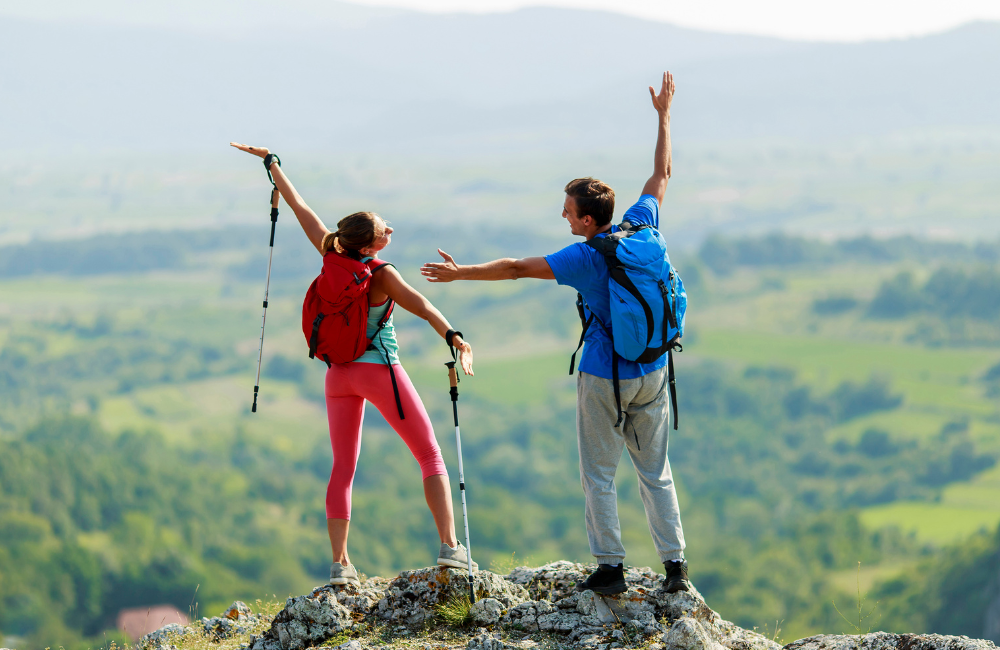
7. Health Benefits
Both walking and hiking are great for physical and mental health. Walking helps with weight control, joint mobility, and stress reduction. It’s a brilliant daily habit.
Hiking, though, adds intensity. It builds endurance, muscle strength, and balance. And mentally, it’s on another level.
I’ve come back from hikes with my mind clearer than after any walk. There’s a sense of awe in nature that no city pavement can match.
My Final Thoughts
And there you have it: hiking vs walking! Are they really that different? Absolutely.
Walking is the steady heartbeat of my daily life, keeping me fit and helping me manage my diabetes. Hiking is the soul-stirring adventure, the test of limits, the thing that leaves me standing on a summit, breathless and grinning.
Both matter. Both have their place. And both can change your life, one step at a time.

